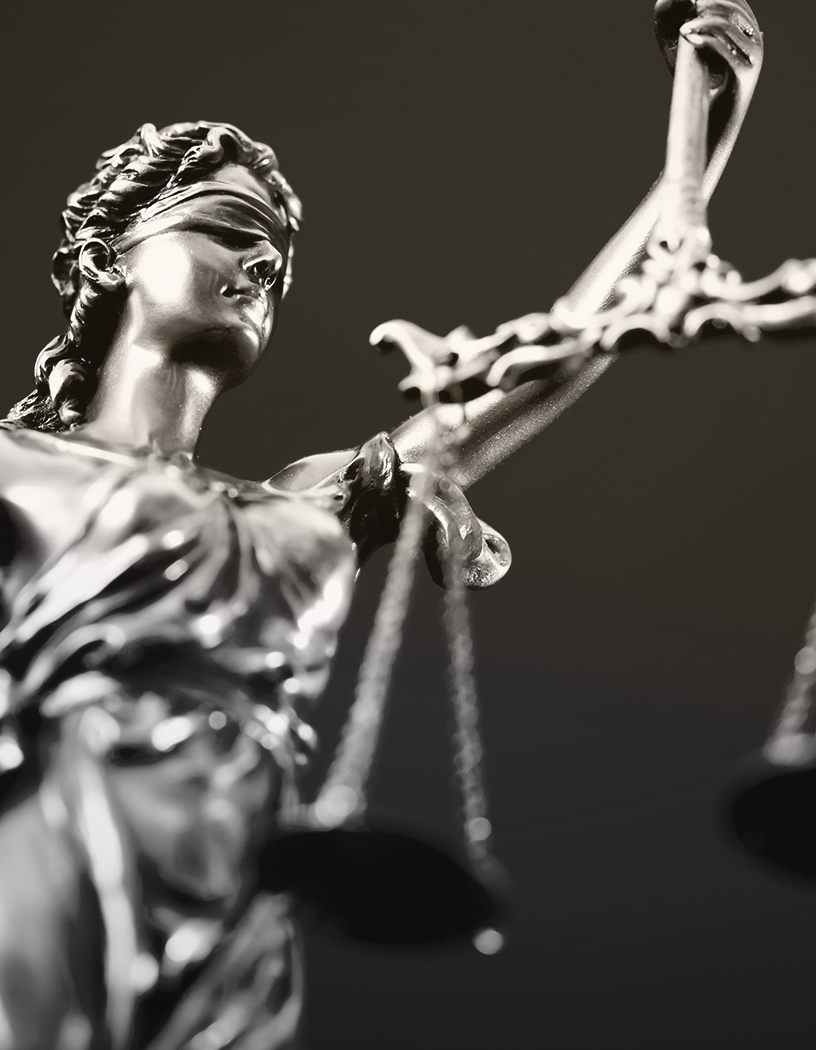South Jersey Vaginal Birth After Cesarean Lawyers
VBAC Attorneys in Haddonfield, NJ Representing Mothers and Their Newborns in Camden County, Atlantic County, Burlington County, and Throughout NJ and Southeastern PA
Welcome to Andres, Berger & Tran, your dedicated South Jersey vaginal birth after cesarean lawyers. Our firm is deeply experienced in handling the unique and sensitive nature of VBAC injury legal claims. We pride ourselves on our strong local roots in South Jersey and Southeastern Pennsylvania, which enhance our understanding of the legal landscape and nuances specific to these regions. Our team is committed to providing compassionate, informed legal guidance and representation to families impacted by VBAC-related injuries.
Understanding Vaginal Birth After Cesarean (VBAC): Risks and Precautions
Vaginal Birth After Cesarean (VBAC) offers many women the opportunity to experience vaginal delivery even after a previous cesarean section (C-section). While VBAC can be a safe option for many, it’s crucial to understand the associated risks and necessary precautions, particularly the risk of uterine rupture.
The Risks Associated with VBAC
When considering Vaginal Birth After Cesarean (VBAC), it’s vital for expectant mothers to be fully informed about the potential risks involved. The primary concern in VBAC cases is the risk of uterine rupture, which, although rare, can have serious consequences for both the mother and the baby.
Understanding Uterine Rupture
- Definition and Causes: Uterine rupture is a tear in the wall of the uterus, most often at the site of a previous C-section scar. This can occur due to the stress of labor on the weakened uterine wall.
- Risk Factors: The likelihood of uterine rupture varies, but certain factors can increase the risk, including the type of uterine incision from the previous C-section, the number of previous cesarean deliveries, and the interval between pregnancies.
Recognizing the Symptoms of Uterine Rupture
- Fetal Heart Rate Deceleration: A sudden drop in the baby’s heart rate can be a sign of uterine rupture, indicating potential distress.
- Abnormal Vaginal Bleeding: Unusual or increased bleeding during labor can be a symptom of a rupture.
- Severe Abdominal Pain: Intense pain, often described as tearing or ripping, is a common symptom of uterine rupture.
- Change in Fetal Position: Loss of fetal station, where the baby moves back up the birth canal or into the abdominal space, can indicate a rupture.
Consequences of Uterine Rupture
- For the Baby: The most severe consequence of uterine rupture is hypoxic-ischemic injury to the baby, which occurs due to a lack of oxygen. This can lead to brain damage or even fetal death.
- For the Mother: Uterine rupture can cause significant internal bleeding, endangering the mother’s life and potentially requiring surgical intervention, including hysterectomy.
Preventive Measures and Monitoring
- Continuous Monitoring: Close monitoring of the mother and fetus during labor is crucial. This includes regular checks of the fetal heart rate and maternal symptoms to detect any early signs of distress.
- Immediate Medical Response: In the event of suspected uterine rupture, an emergency C-section is typically necessary to prevent severe complications.
It’s important for expectant mothers considering VBAC to have an in-depth discussion with their healthcare provider about these risks to make an informed decision. Understanding the signs and being prepared for immediate medical intervention can significantly impact the safety and success of a VBAC delivery.
When VBAC is Advisable
Deciding whether to attempt a Vaginal Birth After Cesarean (VBAC) is a significant decision for any expectant mother. While VBAC offers many benefits, it’s not suitable for everyone. This section outlines the factors that determine VBAC suitability and the importance of making an informed choice.
Evaluating VBAC Suitability
- Type of Uterine Incision: The type of incision made in the previous C-section significantly impacts the decision. A low transverse incision is often considered safer for VBAC than a vertical incision.
- Reason for Previous C-Section: Understanding why the first C-section was necessary is crucial. For example, VBAC might be more advisable if the previous C-section was due to a non-recurring condition like breech presentation.
- Number of Previous Cesarean Deliveries: Generally, the risk of complications increases with the number of C-sections. Women with one prior C-section are often better candidates for VBAC than those with multiple C-sections.
- Interval Between Pregnancies: A shorter interval between pregnancies can increase the risk of uterine rupture. Most experts recommend at least 18-24 months between a C-section and the next pregnancy for a VBAC.
Benefits of VBAC
- Reduced Recovery Time: VBAC typically involves a shorter recovery period compared to a repeat C-section.
- Lower Surgical Risks: Avoiding another C-section reduces the risks associated with surgery, such as infections or blood clots.
- Potential for Future Pregnancies: Each additional C-section can complicate future pregnancies. VBAC may preserve more options for the future.
Risks and Considerations
- Individual Health Factors: Every woman’s health and pregnancy are unique. Factors like maternal age, weight, and overall health play a crucial role in the decision.
- Hospital Policies and Resources: Some hospitals have specific policies regarding VBAC, and not all facilities are equipped for emergency situations that might arise during a VBAC attempt.
Informed Decision Making
- Consultation with Healthcare Providers: It’s essential for women to discuss their individual risks and benefits with their healthcare provider. This discussion should include an assessment of the likelihood of a successful VBAC and the risks involved.
- Personal Preferences and Concerns: Ultimately, the decision should align with the woman’s personal preferences and values, taking into account her concerns about surgery, recovery time, and future pregnancies.
Informed decision-making is critical when considering VBAC. Understanding the risks, benefits, and personal suitability can help expectant mothers make the best choice for their health and the health of their baby.
In Summary
Some doctors recommend and encourage expectant mothers to deliver vaginally even after the previous babies were delivered by C-section. However, a laboring mother is at risk for uterine rupture because of her history of a previous cesarean section. The most disastrous outcome of a uterine rupture is a profound hypoxic-ischemic injury. Symptoms of uterine rupture include fetal heart deceleration, increased vaginal bleeding, and/or abdominal pain. Classically, these patients report severe abdominal pain. Yet another sign is the loss of station, meaning the fetus retracts back into the birth canal or even into the abdominal space. If a VBAC patient is too remote to deliver, then a C-section may be necessary to prevent a rupture, which is a medical emergency. Because of the increased risk of uterine rupture, the standard of care requires careful monitoring of the VBAC patient during labor.
Facing VBAC Legalities with Our South Jersey Vaginal Birth After Cesarean Lawyers
At Andres, Berger & Tran, we recognize the complexities surrounding VBAC deliveries. If you or your child have suffered from complications arising from a VBAC, it’s vital to understand your legal options. Our experienced team is well-versed in the nuances of medical malpractice related to childbirth and is dedicated to protecting the rights of mothers and their babies.
Contact Our VBAC Attorneys in Haddonfield, NJ for Trusted Legal Support
If you’ve experienced complications during a VBAC, reach out to us for support. Our compassionate attorneys are here to help you navigate the legal landscape and pursue the compensation you deserve for any negligence or malpractice. Call us today at 856-317-6558 or fill out our convenient online contact form to schedule a free consultation and learn more about how we can assist you.
Frequently Asked Questions About VBAC Injury Claims
VBAC carries unique risks like uterine rupture and fetal distress. Understanding these risks is crucial for informed consent and identifying potential negligence.
Featured Results








